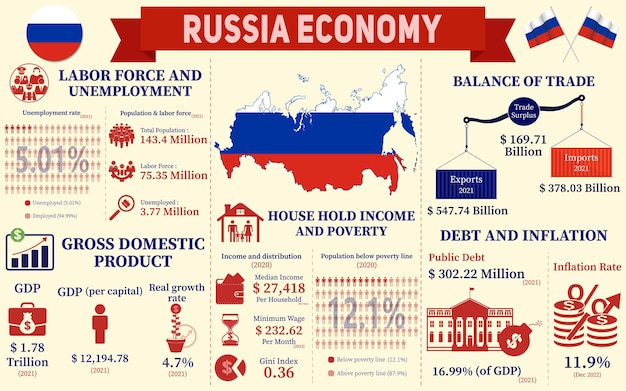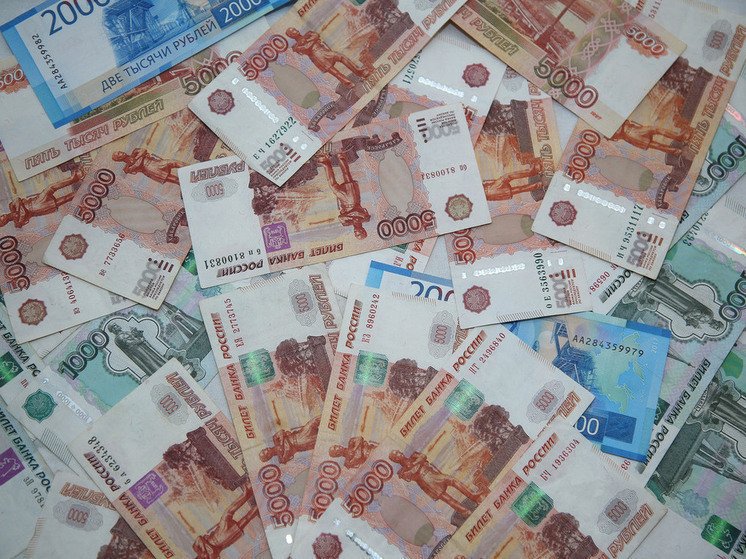
Leading experts provide their insights into the Central Bank`s decision to lower the key interest rate to 18%.
On July 25, the Central Bank of Russia announced a reduction in its key interest rate from 20% to 18% per annum. This move marks the second successive easing of monetary policy, following an earlier adjustment from 21% to 20% in June. While the macroeconomic implications of such decisions are typically assessed by financial professionals, the general public is more concerned with direct consumer-level impacts: How will prices be affected? What changes can be expected in bank loan and deposit rates? Will the ruble`s exchange rate fluctuate? To address these common questions, «MK» sought opinions from several financial analysts.

Photo: Lilia Sharlovskaya
Expert Opinions
Vasily Girya, CEO of GIS Mining:
“The Central Bank of Russia’s decision to reduce the key rate to 18% per annum, effective Monday, July 28, was largely anticipated. The currency market responded calmly, with the dollar trading at approximately 79.44 rubles, showing a minor increase of 0.25%, in over-the-counter trading.
The ruble`s future performance will largely depend on the Central Bank`s rhetoric during its upcoming press conference. Should the statements be perceived as more dovish than expected, the dollar could swiftly exceed the 80 ruble mark. From a fundamental perspective, the market now signals that there are no major obstacles preventing the dollar from appreciating towards the 81-84 ruble range.
The banking sector is not expected to undergo drastic changes. Rates for deposits and loans are projected to continue their gradual decline, aligning with prior expectations and maintaining a steady trend. The average rate for ruble deposits maturing in 3-6 months could gradually approach 16%.”
Natalia Milchakova, Lead Analyst at Freedom Finance Global:
“As predicted, the Bank of Russia`s Board of Directors lowered the key rate for the second time this year on July 25, this time by two percentage points to 18% per annum. The accompanying commentary from the Central Bank indicated that current inflationary pressure is subsiding even faster than initially forecast. Seasonally adjusted current price growth in the second quarter of 2025 reportedly dropped to an annualized 4.8%, a significant decrease from an average of 8.2% in the first quarter. Data from Rosstat further supports this trend, showing that annual consumer price inflation in June slowed from 9.88% to 9.4%, and notably, a deflation of -0.05% was observed between July 15 and 21, marking the first such instance this year.
Although the Central Bank`s release did not specify the timing or number of future key rate reductions, its updated medium-term forecast projects an average rate of 18.8-19.6% per annum for 2025, hinting at potentially at least one more rate cut. The Central Bank also highlighted that current monetary and credit conditions remain stringent, which should help prevent a significant surge in inflation following the rate reduction and the July 1 increase in utility tariffs.
Global reserve currencies reacted mixed to the key rate announcement: the dollar and yuan strengthened against the ruble, while the euro experienced a slight depreciation.
A decrease in the key rate typically leads to a corresponding reduction in loan and deposit interest rates. We anticipate that loan rates will decline by an average of 2-3 percentage points, which should partially improve access to financing for businesses. However, an 18% annual rate remains exceptionally high for Russia, nearing historical peaks. Deposit rates, which began their descent in the spring, are expected to continue falling. We forecast that they will settle between 15-17% per annum this summer. Mortgage rates are likely to average around 24-25% per annum.”
Mikhail Vasiliev, Chief Analyst at Sovcombank:
“The Bank of Russia’s decision to lower the key rate to 18% was in line with market expectations, accompanied by a moderately accommodative signal. The pace of inflation deceleration is exceeding the Central Bank’s previous forecasts (which projected 7-8% by year-end), suggesting that the regulator might accelerate further key rate reductions.
Moreover, monetary policy affects the economy and inflation with a significant time lag (3-6 quarters). Therefore, an expedited rate cut is essential to prevent the economy from becoming excessively sluggish.
Factors conducive to further inflation slowdown persist, including a cooling of lending activity due to high rates, a robust ruble, and the probable normalization of budgetary expenditures in the upcoming months.
Nevertheless, the Central Bank continues to express concern regarding elevated inflationary expectations, a tight labor market, and risks stemming from external factors such as geopolitical developments and trade disputes.
We believe that annual inflation reached its peak at 10.3% in March, slowed to 9.4% in June, and is projected to decrease to 5.6% by the end of the year.
Given that the Central Bank’s decision aligned with market expectations, we anticipate it will have no significant impact on the ruble`s exchange rate. Despite the reduction, the key rate remains at a high level, providing ongoing support to the ruble. On one hand, a high key rate enhances the attractiveness of ruble-denominated savings. On the other, it curtails consumer and investment demand, thereby reducing the demand for imports and foreign currency. Additional support for the ruble comes from low demand for foreign currency due to capital outflows and the Central Bank`s daily sales of yuan from reserves, amounting to 9.8 billion rubles as part of budget operations.
Conversely, negative factors for the ruble include a seasonal surge in demand for foreign currency for summer vacations abroad, a gradual increase in import demand during the second half of the year, expectations of further key rate reductions, and ongoing sanctions risks.
In our baseline scenario, assuming no significant geopolitical shifts, we project the ruble to trade in the range of 10.7-11.8 per yuan, 77-85 per dollar, and 91-100 per euro in the coming months.
However, the currency market will remain sensitive to the progress of Russia-US negotiations and the broader geopolitical landscape.”











